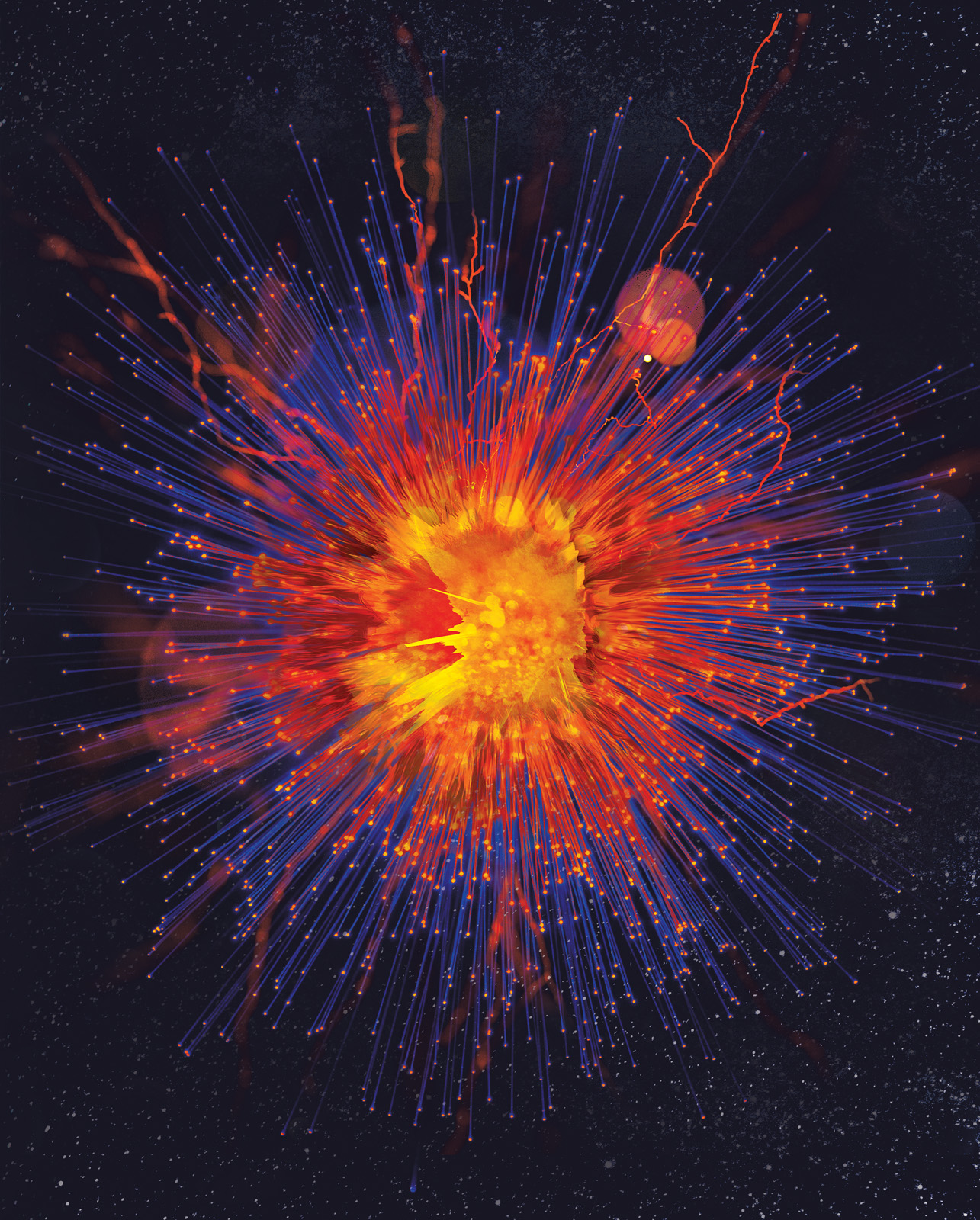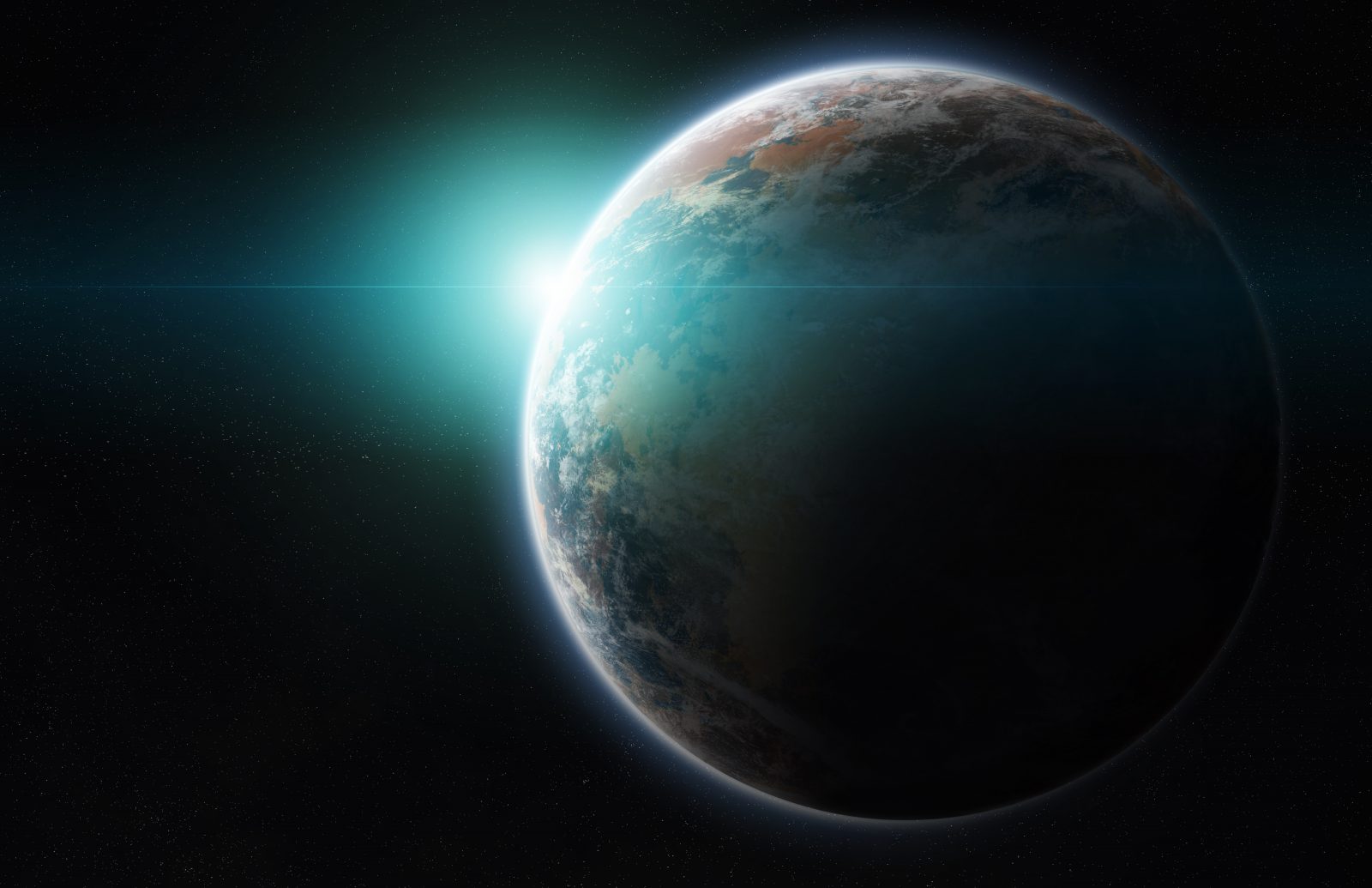


Stephen Meyer: One God or Many Universes?
In this ID the Future, Stephen Meyer takes a deep dive into the case for not only intelligent design, but also for a designer of the cosmos who is immaterial, eternal, transcendent, and involved. Meyer draws on evidence for design at the origin of life, in the origin of plants and animals, and from the fine tuning of the laws and constants of chemistry and the initial conditions of the universe. He connects all this to the scientific evidence that the universe is not eternal but had a beginning—the Big Bang. What about the main materialistic alternative for explaining this suite of evidence—the idea that there is a multiverse with our universe just being one of the lucky universes with just the right conditions to allow for advanced life? In step-by-step fashion, Meyer walks through why the multiverse explanation fails to explain away the insistent evidence of a cosmic designer. Tune in to hear the full argument. Meyer is author of the recent bestseller Return of the God Hypothesis: Three Scientific Discoveries That Reveal the Mind Behind the Universe, available here.

Physicist Brian Miller Answers the Big Bang Evaders
On this ID the Future, physicist Brian Miller looks at various attempts to evade the mounting evidence that the universe had a beginning, a Big Bang. Miller and host Casey Luskin first review the fascinating history of how the eternal universe model of the nineteenth century gave way to the Big Bang model. Then Miller walks through about a half a dozen attempts to evade a cosmic beginning after the Big Bang model had won the day. These evasions include the steady state model, the idea of an eternal cyclical universe, and the string landscape model. According to this model, our universe exists in a multi-dimensional brane (not “brain”) which exists in a higher dimensional space, and our multi-dimensional brane can collide with other branes, with each collision creating a Big Bang moment, a process said to have been going on for all eternity. Miller then explains why each of these attempts to evade a true cosmic beginning fail, and he says that if matter, energy, and space came into existence at the moment of the Big Bang, then it follows that the cause of this cosmic beginning is something immaterial. And since the cosmic beginning was finely tuned in many astonishing ways, Miller says, the cause of the Big Bang has left the signature of intelligent design. The cause, then, is an intelligent, immaterial being and one, obviously, of unimaginable power. Miller and Luskin then touch on a final attempt to evade these implications, the idea that the universe could have popped into existence from nothing—no God, no anything. But as Miller shows, the proposals along these lines, offered by such physicists as Lawrence Krauss and Stephen Hawking, do not actually start from nothing. There is always a something at the ground state, a something whose origin is left unexplained. The occasion for the conversation is Miller’s essay in the recent Harvest House anthology, The Comprehensive Guide to Science and Faith: Exploring the Ultimate Questions About Life and the Cosmos.

Michael Medved and Stephen Meyer on the Return of the God Hypothesis
Today’s ID the Future features, by permission, a recent conversation between radio show host Michael Medved and philosopher of science Stephen Meyer as they discuss Meyer’s new book, Return of the God Hypothesis. Listen in as Meyer, director of Discovery Institute’s Center for Science and Culture, provides a swift flyover of 500 years of scientific history, in which he traces the rise, fall, and rise again of a paradigm Meyer refers to as “the God hypothesis.” To learn more about Meyer’s new book and see the growing list of enthusiastic reviews from top scientists, go to ReturnoftheGodHypothesis.com.

Fine Tuning in a Nutshell: No Problem
On this episode of ID the Future, Andrew McDiarmid interviews Robert Alston, Ph.D electrical engineer working at Picatinny Arsenal and co-author of the new book Evolution and Intelligent Design in a Nutshell. The two discuss the origin of the Nutshell book and the origin and fine tuning of the universe. Though cosmic fine tuning is often referred to as “the fine tuning problem,” Alston says it’s really no problem at all — not unless you’re trying to shoehorn it into the box of philosophical materialism.

The Modern-Day Phlogiston: Darwinism Explains Everything and Nothing
On this episode of ID the Future, Andrew McDiarmid reads an excerpt from Heretic: One Scientist’s Journey from Darwin to Design by Finnish bioengineer Matti Leisola and Jonathan Witt. It makes the case that modern neo-Darwinism is today’s “phlogiston,” a theory that explains everything but nothing, faces mounting contrary evidence, and survives only with ever more ancillary hypotheses. In the excerpt Leisola and Witt also discuss the well-documented pattern of scientists defending an existing scientific paradigm even after fresh discoveries have turned against it, with the obsolete dominant paradigm dying only very slowly. An especially dramatic and tragic example gave the name to this all-too-human tendency — the Semmelweis reflex. Listen in to learn more.

Bijan Nemati on Finding Another Earth
On this episode of ID the Future, Bijan Nemati, formerly of CalTech’s Jet Propulsion Laboratory and now at the University of Alabama, Huntsville, tells what science is learning about how hard it is to find a planet like Earth. Anywhere. The more we learn about the conditions necessary for a planet to host life, the more we see we may need to search at least tens of thousands of Milky Way galaxies to expect to find another one — at least if it all depends on blind luck. This talk is part of bonus material included with the new, thought-provoking series Science Uprising.